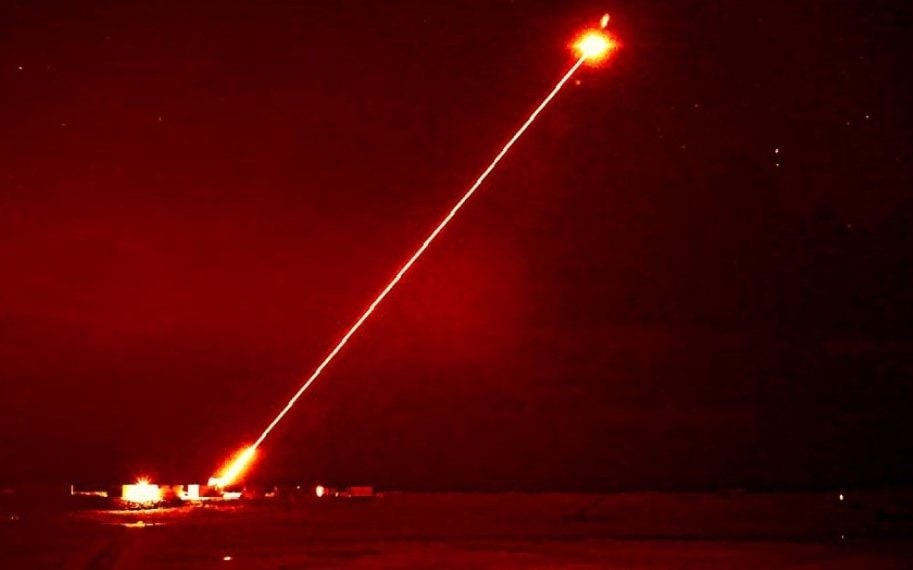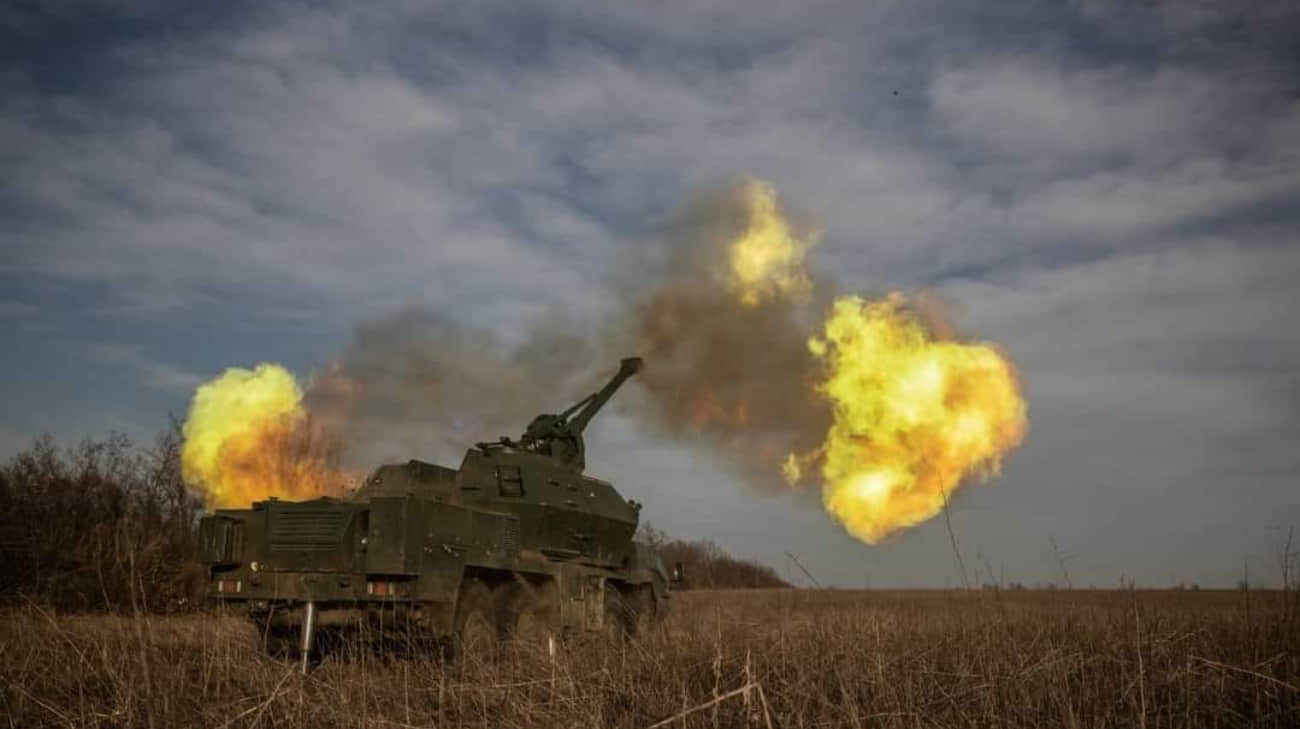UK may send DragonFire laser anti-air system prototypes to Ukraine, Shapps states
UK Defence Secretary Shapps suggests that Ukraine could receive DragonFire laser prototypes to aid in countering Russian drone and missile attacks.


On 11 April, UK Defence Secretary Grant Shapps indicated that Ukraine might receive prototypes of the DragonFire laser system to help bolster its defense against Russian drone threats, as the UK is fast-tracking the development of the weapon, which could operational on Royal Navy ships by 2027. This announcement comes amid escalating Russian aerial strikes across Ukraine.
The DragonFire laser is capable of shooting down drones and missiles at a fraction of the cost of traditional interceptors. During a visit to the DragonFire lab on 11 April, Shapps emphasized the strategic importance of this cutting-edge technology, stating that while the complete system is slated for deployment by 2027, the current geopolitical situation, particularly in Ukraine, might necessitate an expedited delivery of prototype units, according to The Telegraph.
Shapps stated that while the UK aims to deploy the DragonFire laser by 2027, efforts are underway to send earlier, possibly unrefined, prototypes to Ukraine:
“Let’s say that it didn’t have to be 100 per cent perfect in order for Ukrainians, perhaps, to get their hands on it. 2027 is still the date, as of this moment, but of course, I’ll look to see what we can do to speed it up,” the UK Defense Secretary said.
Matt Cork, a DSTL project manager, informed reporters that the DragonFire laser might be provided to the UK 7th Air Defence Group for “user experimentation” in September. The ground-based version will be truck-mounted, allowing British Army experts to test and offer feedback on its performance and potential improvements.
Combat laser against air threats
This innovative laser system works by focusing 37 channels of 1.5kW laser beams, arranged in a hexagonal array, which are then combined with mirrors to merge and amplify the power through a phenomenon known as constructive interference.
The result is a “perfect laser beam,” as described by Tim Kendall, a senior laser physicist at DSTL, which can be fired out through a telescopic lens. The beam is invisible and silent, operating at a wavelength close to the infrared spectrum, making it undetectable by human eyes.
DragonFire’s laser beam, traveling at the speed of light with a classified range, instantly converts metal surfaces into 3,000°C plasma and burns through sheet metal, aircraft fuselages, and weapons in seconds.
Shapps highlighted that the technology is not only efficient against slower drones but is also powerful enough to neutralize faster-moving projectiles, such as ballistic missiles, which are the hardest targets for Ukrainian air defenses, since only Ukraine’s not-so-numerous Patriot systems can destroy them.
“It’s not just the slow drones at 120 knots (220 km/h, – Ed.). It should be capable, ultimately, of taking down expensive incoming missiles as well,” he said.
The trials of the DragonFire system have reportedly demonstrated its efficacy, with the weapon successfully destroying drones and melting a hole in a mortar shell in less than five seconds. Its deployment promises a significant reduction in costs compared to launching traditional intercepting missiles, which can run into tens and hundreds of thousands of dollars. A DragonFire shot will cost £10 ($12.5), and the weapon reportedly can hit a coin one kilometer away.
Read also:
- Ukraine calls NATO members for additional air defense systems amid escalated Russian air attacks
- UK: Russia to boost laser-guided artillery shell production amid wider ammo shortfalls
- Defense Express: Russia’s new Kh-69 cruise missiles, “worse than Kinzhal,” used in Trypilska power plant strike
- Borrelll calls for EU focus on preventing destruction in Ukraine, sending those 7 Patriot Kyiv “asking desperately for”



